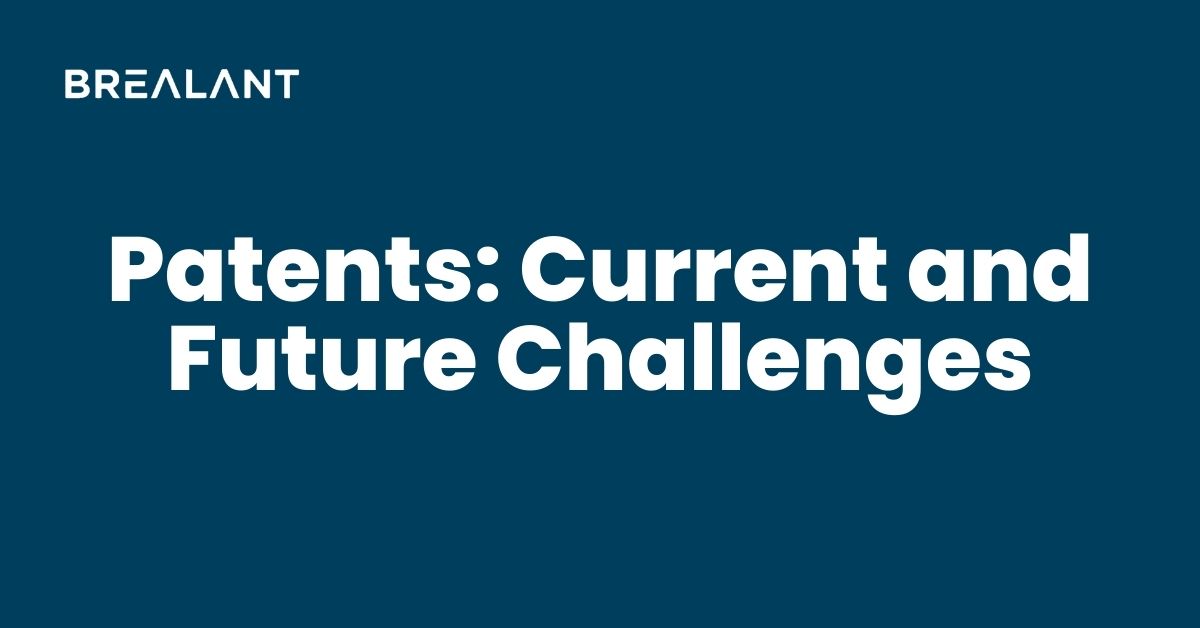A patent is a legally granted exclusive right conferred upon an inventor or applicant by the Intellectual Property Office of the Philippines (IPOPHL). This right allows the patent holder to prevent others from making, using, selling, or distributing the invention without authorization, within the Philippine territory and for a limited duration.
Patents cover products, processes, designs, or methods that demonstrate novelty, inventive step, and industrial applicability. Before a grant is issued, IPOPHL ensures through substantive examination that the invention is not already covered by existing prior art. This requirement emphasizes the importance of patent searches prior to filing, so inventors can avoid duplications.
Under Philippine law, patents generally last for 20 years from the filing date, provided annual maintenance fees are paid. However, the scope and enforcement of patent rights may vary depending on the field of technology, as challenges exist in balancing innovation incentives with public access.
Issues and Challenges in Patent Protection
- Pharmaceuticals
The pharmaceutical industry is one of the most contested areas in patent protection. On one hand, patents are meant to encourage research and development of new drugs; on the other hand, they can restrict public access due to high prices. - For instance, in the Philippines, debates surrounding compulsory licensing under Section 93 of the IP Code arise when patented medicines are essential for public health. In practice, IPOPHL has the authority to grant such licenses if the public needs access to affordable drugs. This reflects the balance between incentivizing innovation and protecting public welfare.
- Real-world example: The IPOPHL has previously received petitions for compulsory licensing of HIV and cancer treatments, highlighting the tension between corporate patent rights and the state’s obligation to ensure access to medicines.
- Biotechnology
Biotechnology inventions, such as genetically modified organisms or vaccines, raise significant patentability concerns. While such innovations involve years of costly research, replication can be relatively cheap. Without patent protection, companies may hesitate to invest in developing them. - A landmark Indian case—Dimminaco A.G. v. Controller of Patents—although not Philippine, has influenced ASEAN thinking on biotechnological inventions. The court held that a process for preparing a vaccine containing live organisms could be patentable, as no law outright prohibited it. Similarly, IPOPHL examines biotechnological applications based on novelty, inventive step, and industrial applicability, not moral objections.
- Public Health and Emerging Technologies
With advancements in nanotechnology, biotechnology, and medical sciences, patents increasingly affect public health policies. Developing nations, including the Philippines, often negotiate with patent holders to reduce prices of essential drugs and medical equipment. Collaborative licensing agreements are becoming common, where governments and private firms strike a balance between innovation and public service.
Suggested Solutions
- Compulsory Licensing: Strengthening mechanisms under the IP Code to allow faster access to life-saving drugs during public health crises.
- Streamlined Examination: IPOPHL may shorten timelines for life-saving technologies to encourage quicker access to healthcare innovations.
- Balancing Rights: A “middle ground” should be maintained between consumer rights and inventor protection, particularly in fast-evolving fields like pharmaceuticals and biotechnology.
- Regional Harmonization: Following ASEAN guidelines for patent and trademark examination ensures consistency and helps Filipino inventors protect their IP across Southeast Asia.
✅ Conclusion
Patents in the Philippines are crucial for stimulating innovation but must be carefully balanced against public welfare considerations, especially in pharmaceuticals and biotechnology. IPOPHL plays a central role in ensuring that inventions are protected while preventing abuse of patent rights. The future of Philippine patent law will likely involve a stronger focus on public health, compulsory licensing, and regional cooperation under ASEAN and WIPO frameworks.

